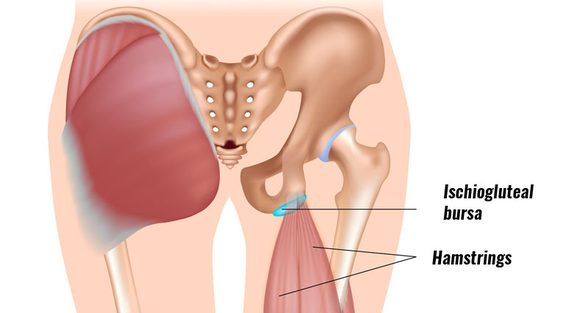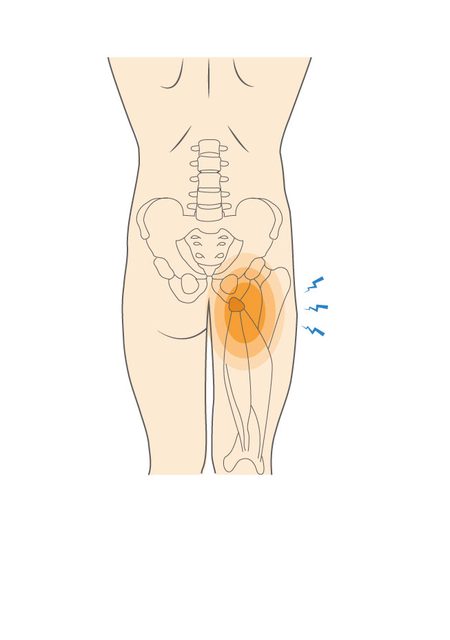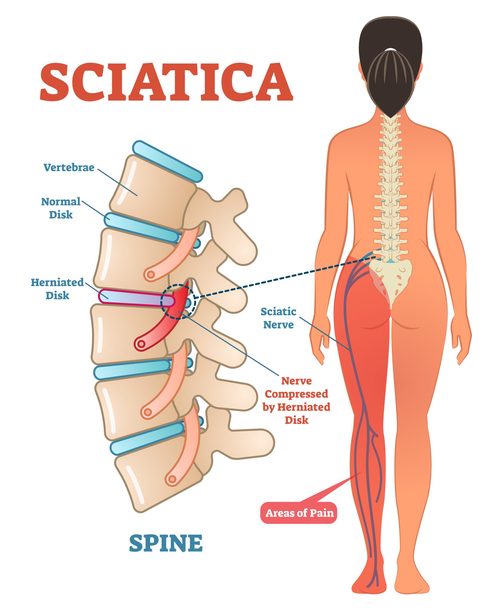Ischial Tuberosity Bursitis And Sciatica
Understanding the Difference and How Chiropractic Care Can Help

Ischial Tuberosity Bursitis and Sciatica:
While they share similar symptoms, it’s crucial to differentiate between them for accurate diagnosis and effective treatment.

Ischial Tuberosity Bursitis:
Commonly known as “Weaver’s Bottom” or “Rider’s Bump,” refers to the inflammation of the bursa—a small fluid-filled sac—located near the ischial tuberosity (the bony prominence in the buttock region).
Symptoms include pain, tenderness, and swelling around the affected area, aggravated by activities such as sitting, walking, or climbing stairs.


On the other hand, Sciatica originates from the compression or irritation of the sciatic nerve. This nerve runs from the lower back, through the hips, and down each leg.
Patients with sciatica experience radiating pain, numbness, or tingling sensations along the path of the sciatic nerve.
How does Chiropractic treatment help with both conditions?
Chiropractic care offers a non-invasive and holistic approach to alleviate the symptoms of both conditions. Through spinal adjustments, chiropractors correct misalignments, reducing pressure on affected nerves and restoring proper function.
Additionally, chiropractors may employ techniques like soft tissue therapy, stretching exercises, and lifestyle recommendations to enhance healing and prevent future flare-ups.

If you or someone you know is suffering from Ischial Tuberosity Bursitis or Sciatica, we urge you to consult a qualified chiropractor. They can conduct a thorough examination, provide an accurate diagnosis, and create a personalized treatment plan tailored to your needs.
Remember, prevention and early intervention are key to maintaining optimal musculoskeletal health. Stay active, practice good posture, and seek professional care when needed. Together, we can achieve a pain-free and vibrant life.
